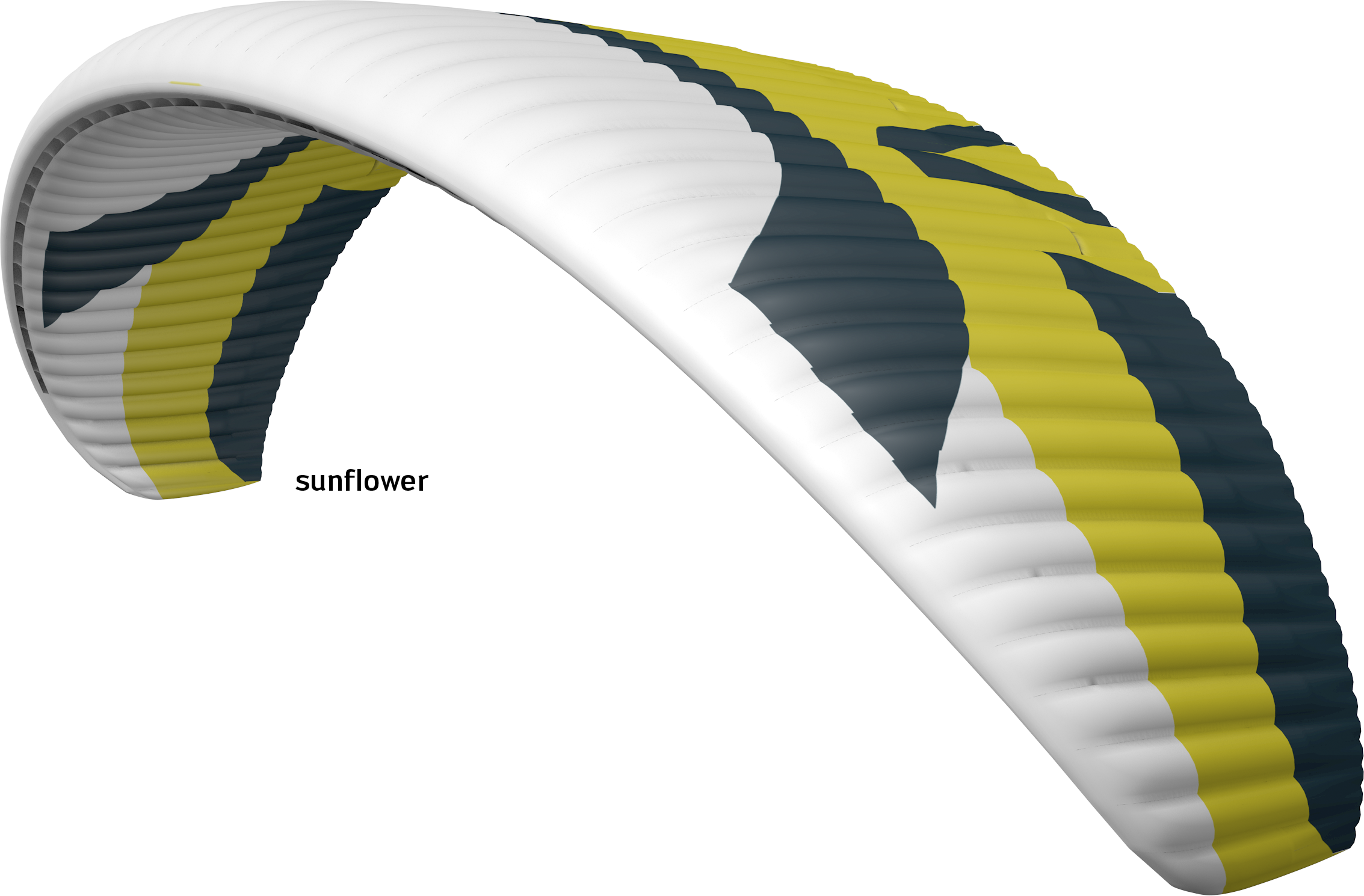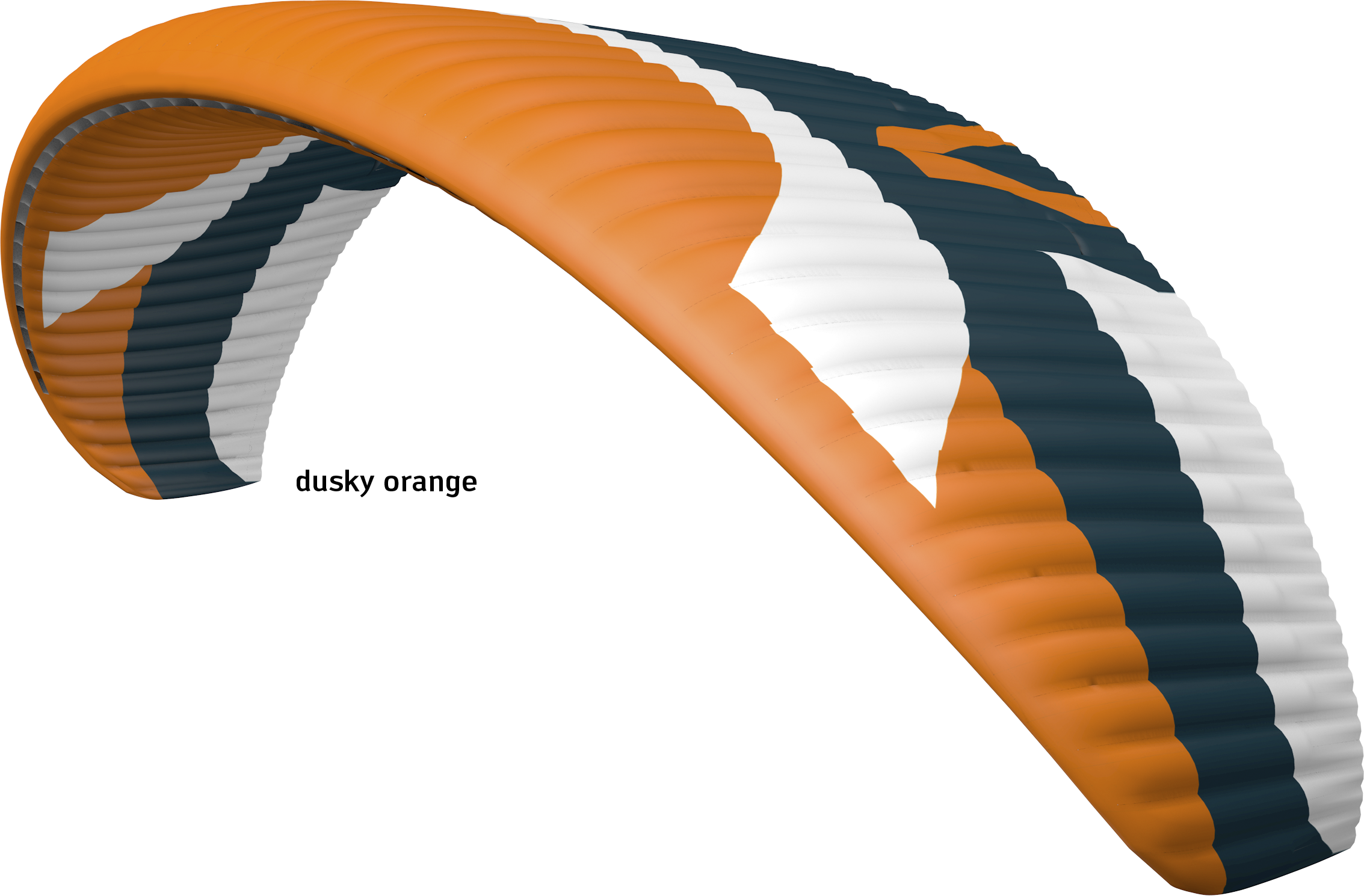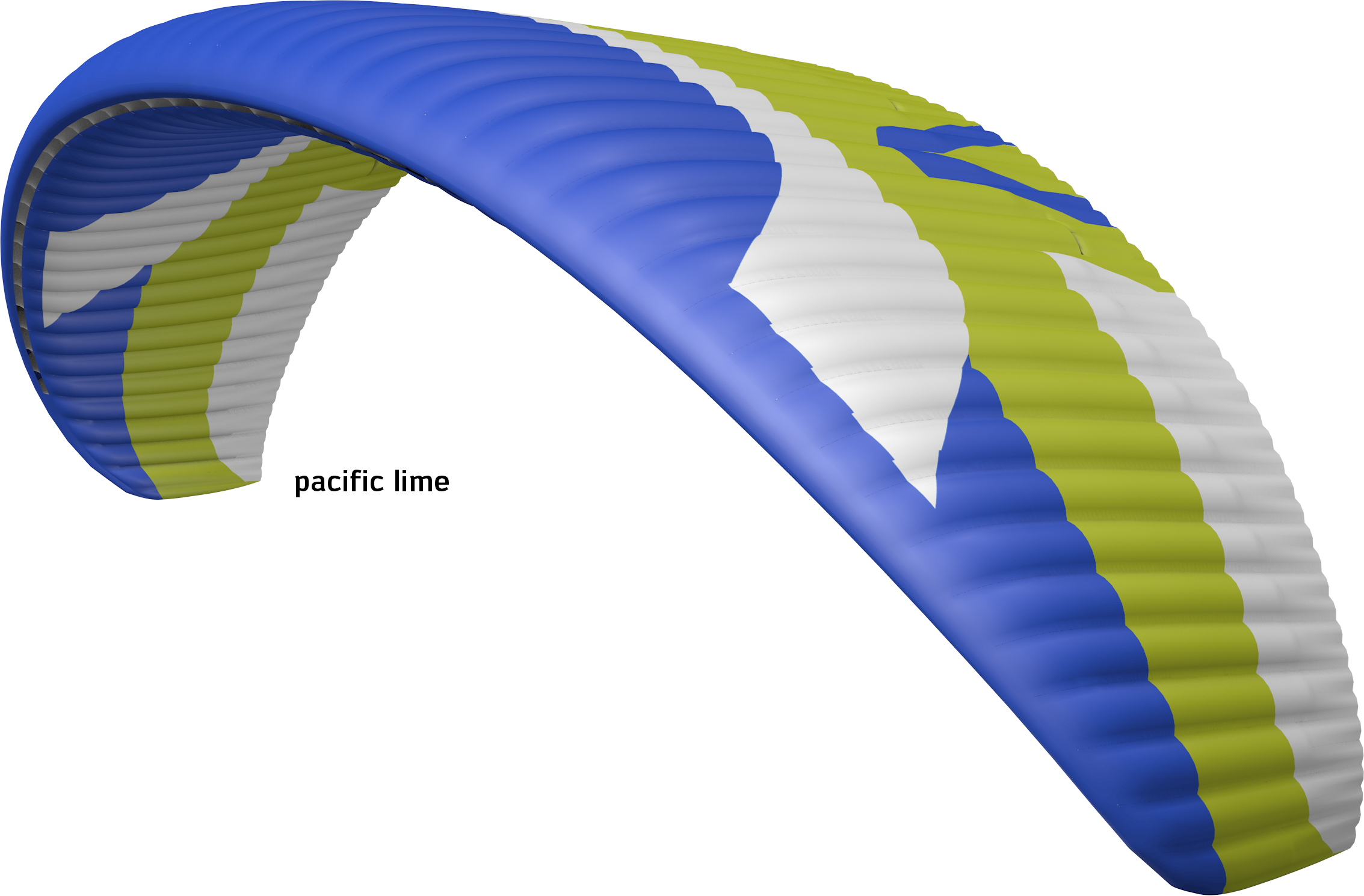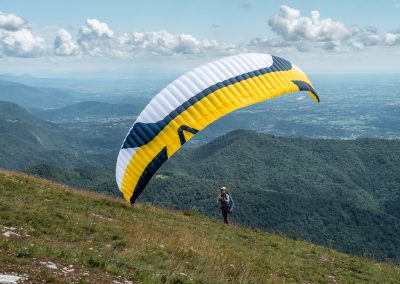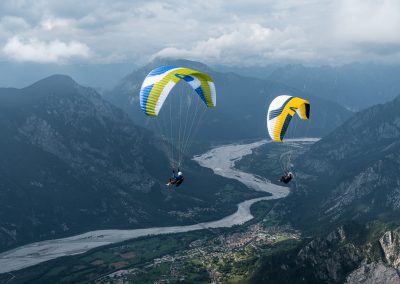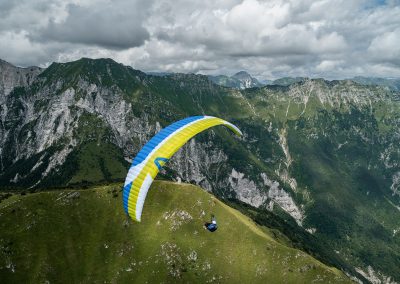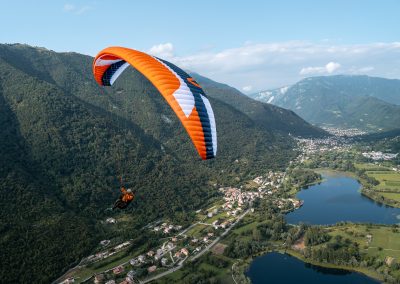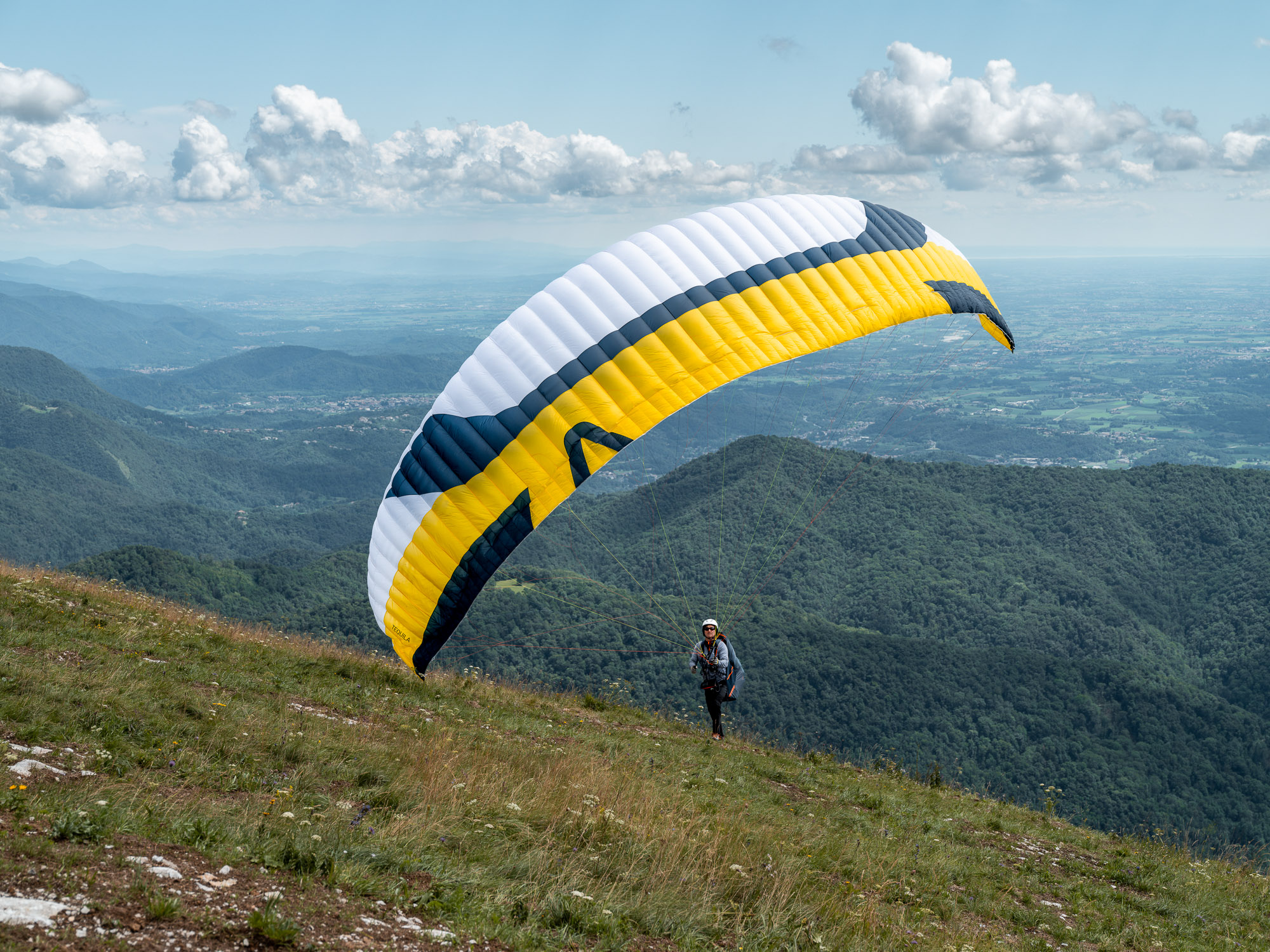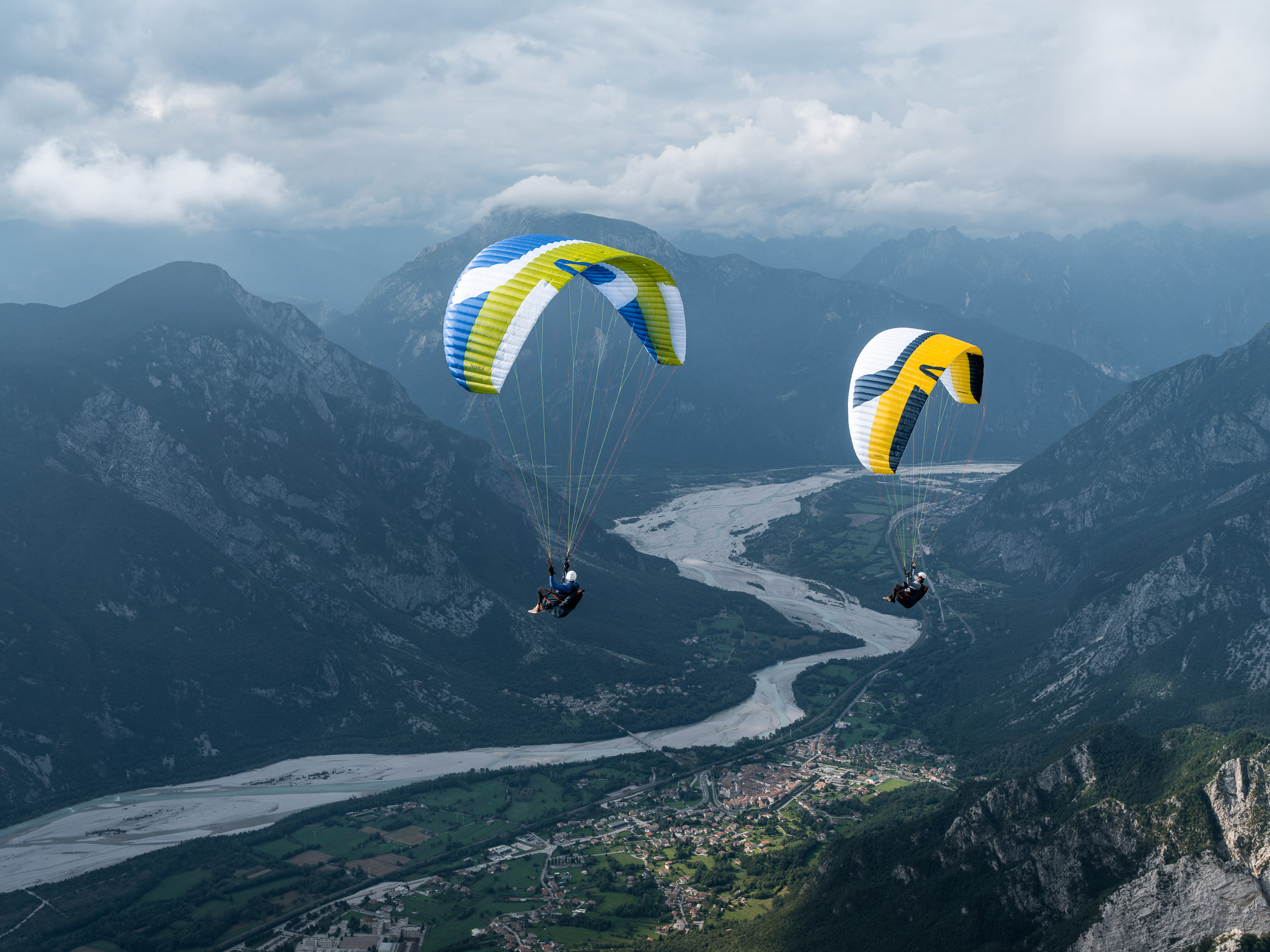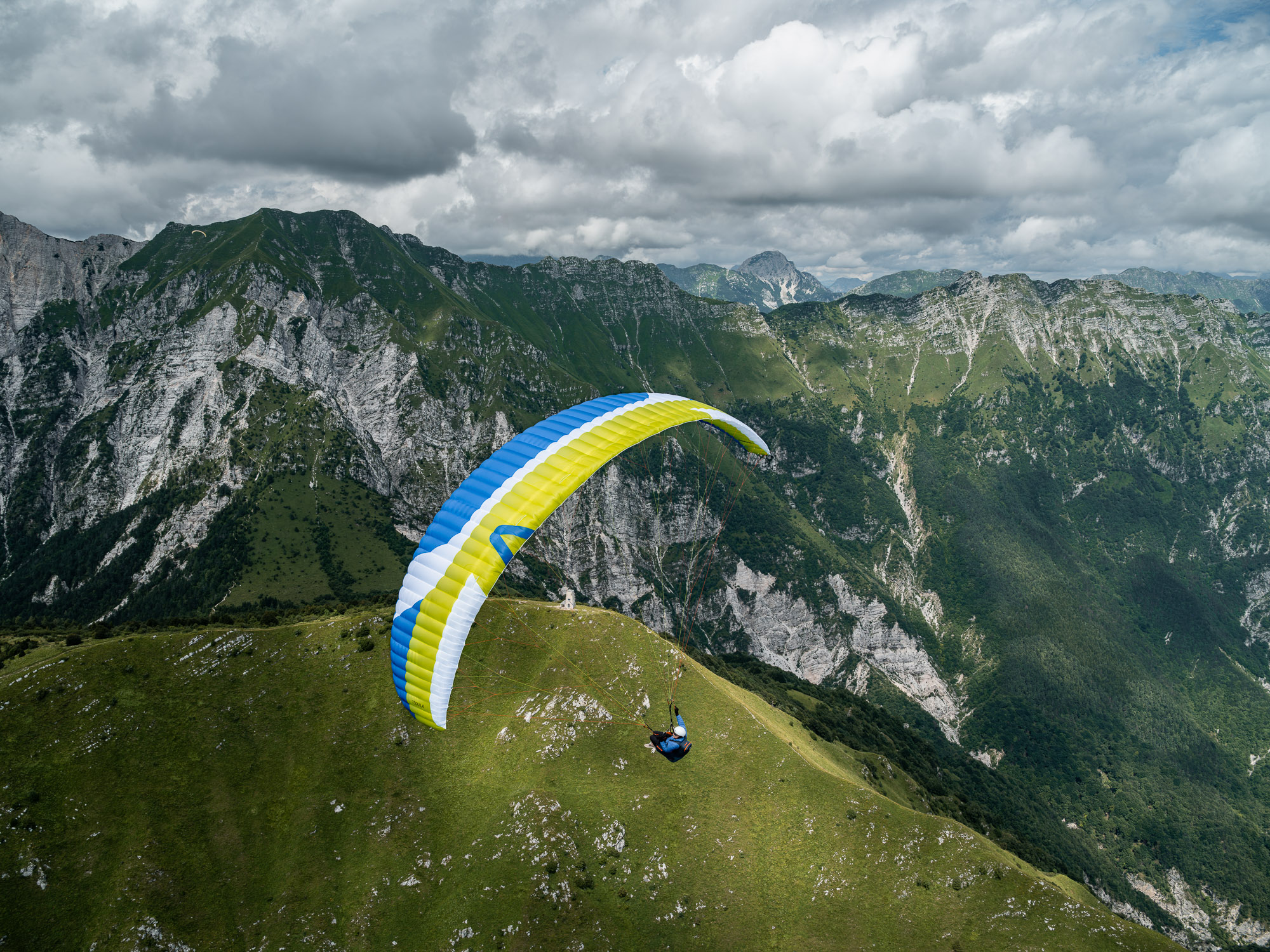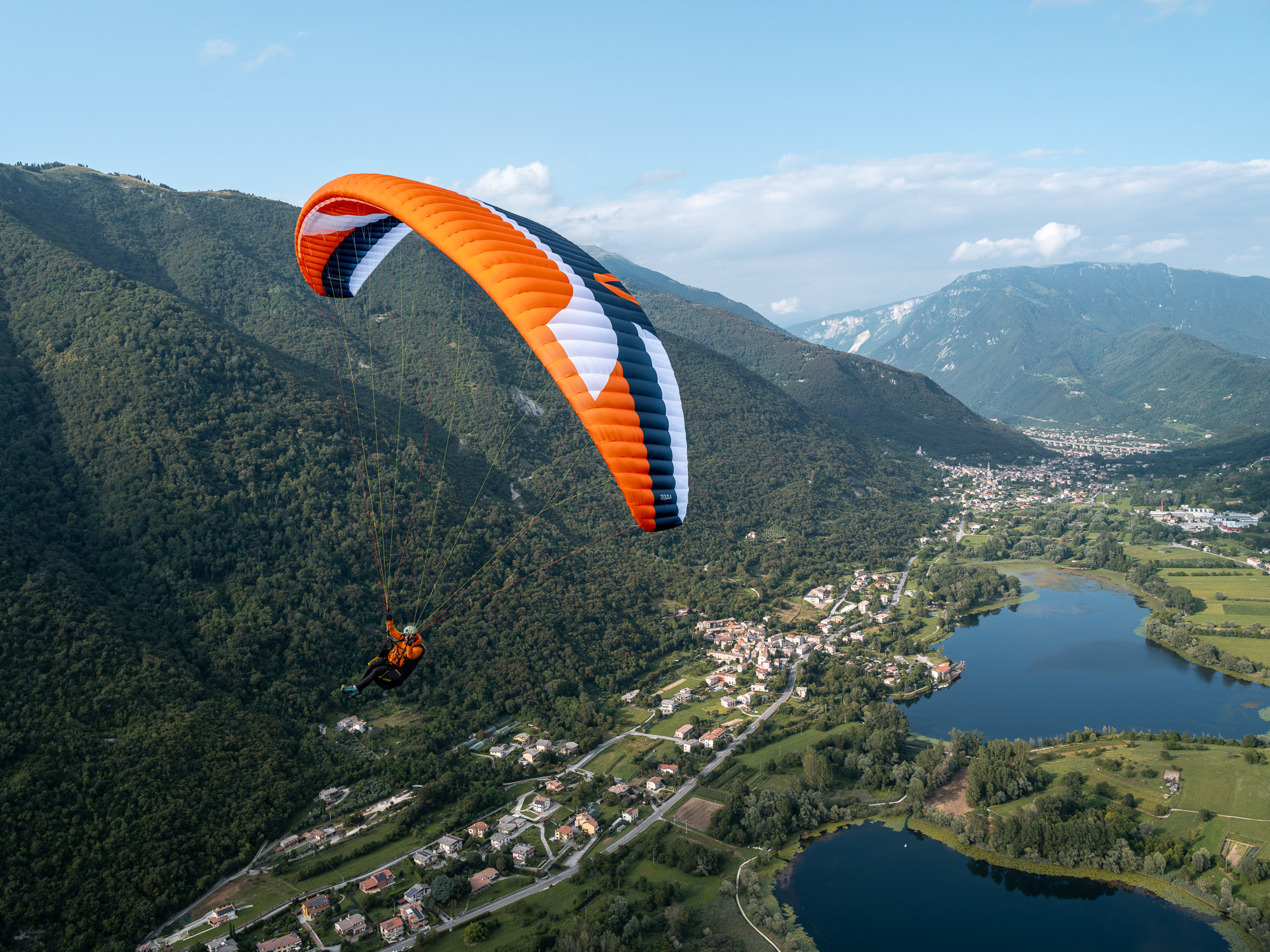Des performances sportives pour les pilotes en herbe. Décollez en toute confiance.
La TEQUILA est notre aile intermédiaire sportive conçue pour les pilotes en sortie d’école, les pilotes de loisir et les débutants en cross-country. Légendaire depuis six générations.
Cette voile intermédiaire combine des caractéristiques de vol étonnamment faciles avec des performances exceptionnelles. Même les pilotes qui battent des records font confiance à notre aile EN-B bien équilibrée, comme l’a fait l’as du flatland Armin Harich en 2014. Son vol unique de 300 kilomètres à travers l’Allemagne, de Heidelberg à l’ouest jusqu’à la frontière autrichienne à l’est, a démontré de manière impressionnante ce dont notre TEQUILA est capable.
La nouvelle TEQUILA6 poursuit cette tradition.
Pour les débutants en cross-country et les pilotes à la recherche d’une voile facile à utiliser et performante qui promet beaucoup de plaisir !
Pour les débutants en cross-country et les pilotes à la recherche d’une voile facile à utiliser et performante qui promet beaucoup de plaisir !
Caractéristique de vol
La lisibilité du suspentage facilite considérablement les préparatif au décollage, et les manipulations au sol se font sans effort. La voile s’élève de manière stable et constante au-dessus du pilote pendant la phase de gonflage, sans le dépasser.
Par rapport à sa prédécesseure, la TEQUILA6 se distingue par son caractère plus sportif. Les manœuvres de vol dynamiques deviennent un plaisir et l’angle d’inclinaison est contrôlable avec précision. L’aile reste extrêmement stable tout au long du vol et vous donne un retour d’information compréhensible. La pression sur les commandes, d’abord légère, augmente linéairement et devient nettement plus ferme juste avant le décrochage.
Avec un pilotage progressif, vous avez un excellent contrôle sur l’aile et vous recevez un retour d’information clair à travers les freins. Même dans des conditions de vol exigeantes, la TEQUILA6 est facile à contrôler grâce à son pilotage simple et intuitif, ce qui vous permet de profiter de longs vols sans fatigue.
Les performances sont facilement accessibles grâce à sa douceur et à ses caractéristiques de vol améliorées. Par rapport au modèle précédent, nous avons considérablement amélioré les performances de la TEQUILA6 grâce à un nouveau design et à une technologie de fabrication avancée. Cela profite non seulement aux pilotes de loisir expérimentés, mais aussi aux pilotes en devenir qui souhaitent passer du stade de l’entraînement à celui de pilotes de longue distance accomplis. La TEQUILA6 est facile à centrer dans les thermiques, ce qui permet de serrer le noyau sans effort et de manière efficace, même dans des conditions difficiles. Son amorti actif mais confortable procure un sentiment de sécurité et de confiance.
HOW DOES THE TEQUILA6 FLY?
Même lors de manœuvres extrêmes, la voile présente des caractéristiques de vol très tolérantes. Nous avons accordé une attention particulière à l’accessibilité à la descente rapide Les pilotes ne devraient pas avoir à faire de compromis lorsqu’ils ont besoin de descendre rapidement. Les 360° sont faciles à initier et à quitter. Les oreilles se placent sans effort en tirant sur les élévateurs A séparés, sans flotter, ce qui permet d’obtenir des taux de descente significatifs.
Pour la TEQUILA6, nous avons opté pour une combinaison de matériaux particulièrement robustes. Cette aile est particulièrement recommandée dans les pays où les sites de décollage sont difficiles, en raison de ses matériaux durables et de sa capacité à résister aux contraintes mécaniques.
Notre conclusion : La TEQUILA6 est l’aile idéale pour les pilotes pour qui les classes EN A, B, C et D sont secondaires. Elle permet de progresser avec assurance comme aucun autre parapente. La sixième génération de TEQUILA combine la joie du vol actif avec des performances exceptionnelles, faisant des vols de longue distance un plaisir absolu. Découvrez-la par vous-même !

JET FLAPS
Réserve de sécurité à la marge du décrochage, facilite la montée en thermique, particulièrement dans les thermiques étroits et puissants. Augmente le débattement aux commandes jusqu’au décrochage.

SHARK NOSE
Assure une pression d’air constante en conditions turbulentes et en vol accéléré ; trainée réduite, meilleure pénétration et performances augmentées

3D-SHAPING
Renfort additionnel, tenue en forme plus précise, trainée réduite, performances augmentées.
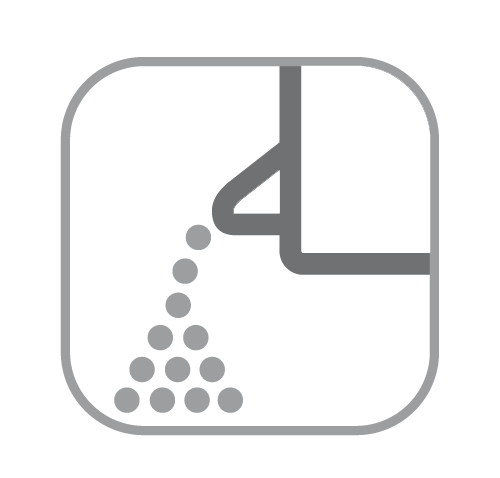
SYSTEME DE DÈSENSABLAGE AUTOMATIQUE 2.0
Le sable ou autres saletés s‘écoulent automatiquement par des ouvertures cousues dans les stabilos, préservant les matériaux et augmente la sécurité en vol sur les dunes.
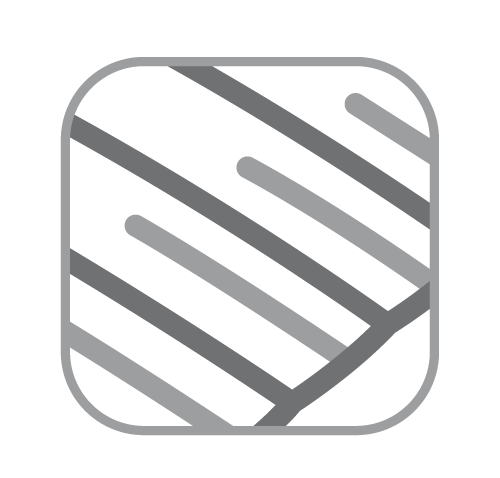
MINI RIBS
Alvéoles doublées dans le bord de fuite, profil plus stable, trainée réduite, performance augmentée.

C-WIRES
Joncs au-dessus des points d‘ancrage des C, réduction du nombre de suspentes, trainée réduite, performance augmentée.

JONCS RIGID FOIL
Plastique souple dans le bord d‘attaque, poids total réduit, préforme le profil, meilleure répartition de la charge. Améliore le décollage et les performances en vol.

SYSTÈME SMART LINK
| Taille | 75 | 85 | 95 | 105 | 115 | 135 |
| Nombre de cellules | 49 | 49 | 49 | 49 | 49 | 49 |
| Surface à plat (m²) | 21,50 | 23,45 | 24,97 | 26,54 | 28,29 | 30,67 |
| Surface projetée (m²) | 18,41 | 20,09 | 21,39 | 22,73 | 24,23 | 26,27 |
| Envergure à plat (m) | 10,6 | 11,07 | 11,42 | 11,77 | 12,16 | 12,66 |
| Envergure projetée (m) | 8,48 | 8,86 | 9,14 | 9,43 | 9,73 | 10,13 |
| Allongement à plat | 5,22 | 5,22 | 5,22 | 5,22 | 5,22 | 5,22 |
| Allongement projeté | 3,91 | 3,91 | 3,91 | 3,91 | 3,91 | 3,91 |
| Profondeur profil min (cm) | 76 | 80 | 82 | 85 | 87 | 91 |
| Profondeur profil max (cm) | 251 | 262 | 270 | 279 | 288 | 300 |
| Poids (kg) | 4,6 | 4,8 | 5 | 5,3 | 5,6 | 5,8 |
| PTV certifié (kg) | 55 - 75 | 65 - 85 | 75 - 95 | 85 - 105 | 95 - 115 | 105 - 135 |
| Homologation | LTF/EN B | LTF/EN B | LTF/EN B | LTF/EN B | LTF/EN B | LTF/EN B |
| Extrados | Myungjin MJ40 MF |
| Intrados | Myungjin MJ32 MF |
| Profils | Porcher Skytex 40g hard |
| Diagonales | Porcher Skytex 40g hard |
| Sangles | Porcher Skytex 40g hard |
| Suspentage bas | Liros PPSLS 180/125 |
| Suspentage intermédiaire | Liros PPSLS 125/65 |
| Suspentage haut | Liros DC 60 |
| Suspente basse de frein | Liros DFLP 200/32, PPSLS 125 |
| Suspente de frein | Liros PPSLS 65 |
| Elévateurs | Güth & Wolf 12mm Gurtband |
Quelles sont la finesse (L/D), l'assiette et les vitesses maximales ?
Nous savons que ces données sont intéressantes pour vous en tant que pilote, mais les publier serait une mauvaise idée pour les raisons suivantes :
1) Les données de performance dépendent fortement de la traînée du pilote et sont donc liées à la position assise et à la sellette. La différence entre une sellette et une position assise aérodynamiquement favorables et défavorables peut être de l’ordre d’un nombre entier de L/D.
2) Les performances augmentent avec la taille de la voile. Une voile de grand surface sera toujours plus performante qu’une voile plus petite. Par conséquent, une question sur les performances d’un parapente est toujours une question sur sa taille.
3) Il n’existe pas de méthode normalisée pour tester les performances des parapentes. Par exemple, la vitesse varie en fonction de l’altitude et de la pression atmosphérique associée, mais aussi en fonction du poids total du système.
Cela signifie qu’il n’y a tout simplement pas LA vitesse ou LE rapport L/D qui permettrait une comparaison sérieuse avec un autre parapente. Les données de performance dépendent de la sellette, de la taille du parapente, de la masse d’air et du poids total.
Comment calculer mon PTV au décollage ?
Le poids au décollage est calculé en ajoutant le poids du pilote, vêtements compris, au poids de l’équipement. L’équipement se compose de la sellette, du parachute de secours, du parapente lui-même, des instruments de vol et des autres bagages que vous pouvez porter (sac à dos, etc.).
Puis-je raccourcir les suspentes de frein de ma voile skywalk ?
Changer la longueur des suspentes de frein peut avoir un effet négatif sur les caractéristiques de vol et le comportement en vol extrême. La voile a besoin d’un peu plus d’avance lorsqu’elle vole accélérée, sinon le parapente pourrait être freiné involontairement, ce qui entraînerait une perte de performance. Lors de manœuvres de vol extrêmes, un raccourcissement trop important des suspentes de frein peut entraîner des complications lors de la récupération après une fermeture, un décrochage parachutal, etc.
Suis-je autorisé à apporter des modifications à ma voile skywalk ?
Non, car le parapente est certifié tel qu’il vous est livré. Même la longueur de la suspente de frein fait partie de l’habillage et ne doit pas être modifiée.
Que sont les JET FLAPs et comment fonctionnent-ils ?
Les JET FLAPs sont des volets comme ceux que l’on voit sur les grands avions. Lorsque le parapente est freiné, le flux d’air est acheminé à travers le parapente, rétablissant un flux d’air régulier. Cela prolonge la course de la drisse de frein et adoucit le comportement en décrochage.
Quels sont les avantages des JetFlaps sur ma voile skywalk ?
Vitesse minimale de vol plus faible. La plage de vitesse est plus large et plus facile à contrôler. Le pilote a plus de temps pour réagir lorsqu’il vole près du point de décrochage.
Votre pack TEQUILA6
- 1x Sous-sac
- 1x Sangle de compression
- 1x Sac pour les élévateurs
- 1x Manuel BASIC GUIDE
- 1x Bandana
- 1x Jeu d’autocollants
- 1x Patch de réparation autocollant


